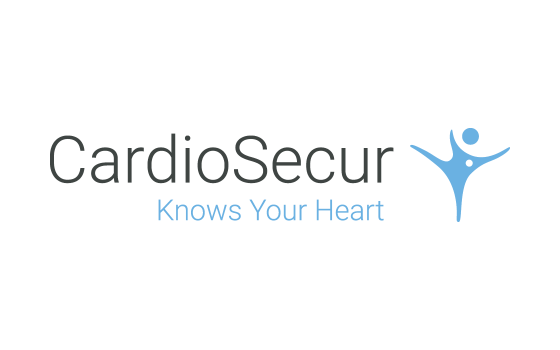 A passenger suddenly has chest pain on board. The crew asks for a doctor; when present, this is not always a cardiologist. The pilot has to decide if a flight diversion is required or not. The dilemma: Despite having a doctor on board, crucial ECG information is missing. As more and more older people fly and the trend towards long-distance travel increases, medical emergencies on board become more common. Particularly critical are cardiovascular complaints, as a quick and targeted treatment is crucial for the survival of the passenger. At Lufthansa, the mobile ECG system CardioSecur has been used since January 2018 and enables an unprecedented infarct diagnosis in the air.
A passenger suddenly has chest pain on board. The crew asks for a doctor; when present, this is not always a cardiologist. The pilot has to decide if a flight diversion is required or not. The dilemma: Despite having a doctor on board, crucial ECG information is missing. As more and more older people fly and the trend towards long-distance travel increases, medical emergencies on board become more common. Particularly critical are cardiovascular complaints, as a quick and targeted treatment is crucial for the survival of the passenger. At Lufthansa, the mobile ECG system CardioSecur has been used since January 2018 and enables an unprecedented infarct diagnosis in the air.
As the world's first airline, Lufthansa equipped all A380 aircraft in its fleet with the mobile ECG CardioSecur this year. The handy, 50g lightweight system complements the previous on board medical care in an initial oneyear pilot phase and forms an important interface between the crew in the aircraft and medical advice on the ground.
The intuitive system allows the cabin crew, without any cardiology expertise, to record a passenger's ECG and send it directly to International SOS, the medical hotline, for diagnosis. Dr. med. Sven-Karsten Peters, internal cardiologist for Lufthansa’s medical services is thrilled. He sees outstanding advantages in the intuitive use, the seamless integration into existing processes, and the high data quality in emergency situations on board: "Because the severity of the symptoms does not necessarily provide information about the severity of the illness, it is difficult not only for the crew, but also for the doctors on the ground, to assess whether an unscheduled landing for medical treatment is required. CardioSecur's in-depth 12-lead ECG data - straight from the plane - is a true innovation, giving physicians a much more detailed basis for decisionmaking." CardioSecur's ECG data was used on average twice per month on 14 aircrafts. The ECG interpretation from ISOS triggered the right decision with regard to necessary alternative landings every time.
For more information on the mobile ECG system, please visit:
http://www.cardiosecur.com
http://www.mobile-ecg.com
About Personal MedSystems GmbH
Personal MedSystems GmbH develops and distributes mobile ECG systems and services for private users and healthcare professionals under the name CardioSecur. CardioSecur Active is an innovative 15-lead, clinical-grade ECG for home use. In just a few seconds, it generates individualized feedback on changes in the heart health and provides a simple recommendation on whether to visit a doctor or not. The entire system consists of a 50 gram light cable with only four electrodes, the free CardioSecur Active App and the user's smartphone or tablet. CardioSecur Pro is the mobile, clinical ECG solution for physicians and healthcare professionals, as well as enterprise clients. CardioSecur Pro provides with 22 leads a 360 ° view of the heart and thereby is the only system that meets the cardiology guidelines of Europe, scrutinizing the anterior, lateral, inferior and posterior wall of the heart for infarcts.